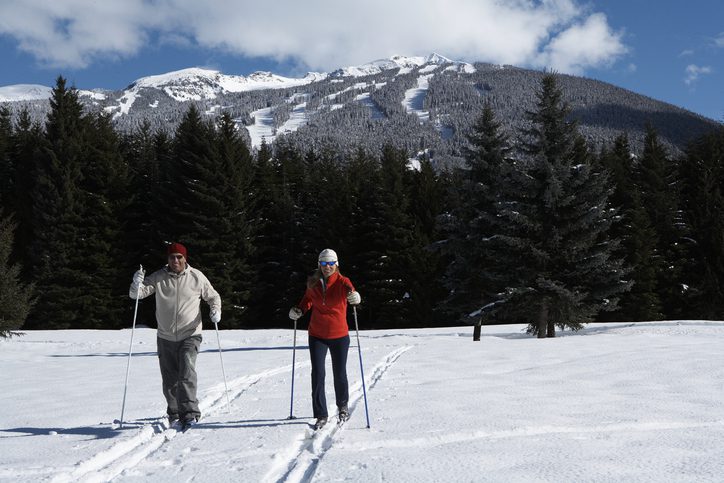Training tips from the pros
Lesley Patterson, Karsten Madsen and Jasper Blake share training tips to help you get ready for the upcoming season.
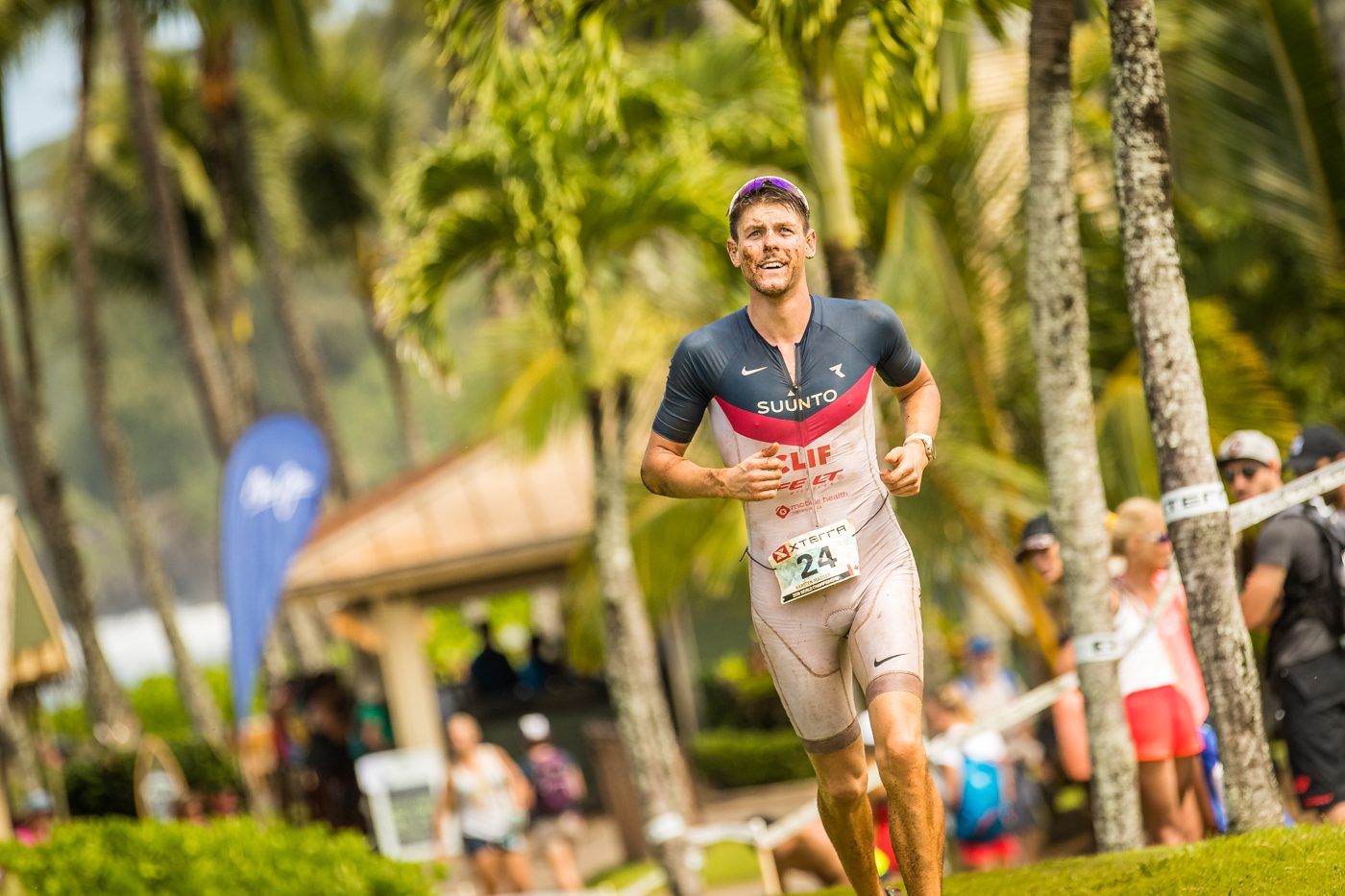
Winter can be a difficult time for triathletes. When it comes to winter triathlon training, variety is as vital as consistency. There’s little need to log endless hours of training in dark, cold and/or wet conditions. Instead, focus on a few areas you’d like to improve upon, touch up your strengths and enjoy some time doing different activities.
Related: 10 tips to help you nail the upcoming season
Training hard, and training hard too early is a common battle for any endurance athlete, especially triathletes. By falling into the trap of hitting hard training too soon, the winter will seem to drag on forever and there’s a very real danger that you’ll be past your peak fitness by the time you race. As athletes, the risk of physical and motivational burnout is real. Here are a few tips from the pros to get you ready for the upcoming season:

THE SWIM: Lesley Patterson won the Xterra World Championships again in 2018 and is a five-time off-road world champion. Known as a tenacious competitor, here are her swim tips:
“Swimming is so much about your proprioceptive awareness in order to nail your technique,” she explains. “Slight movements of your wrists, hands, hips, can have massive changes on your stroke. In the offseason, I will often do dance classes or martial arts classes to get fluidity of movement and a sense of my body in lots of planes of motion. As triathletes we pretty much move in the forward planes, so we often become uncoordinated doing anything else.”
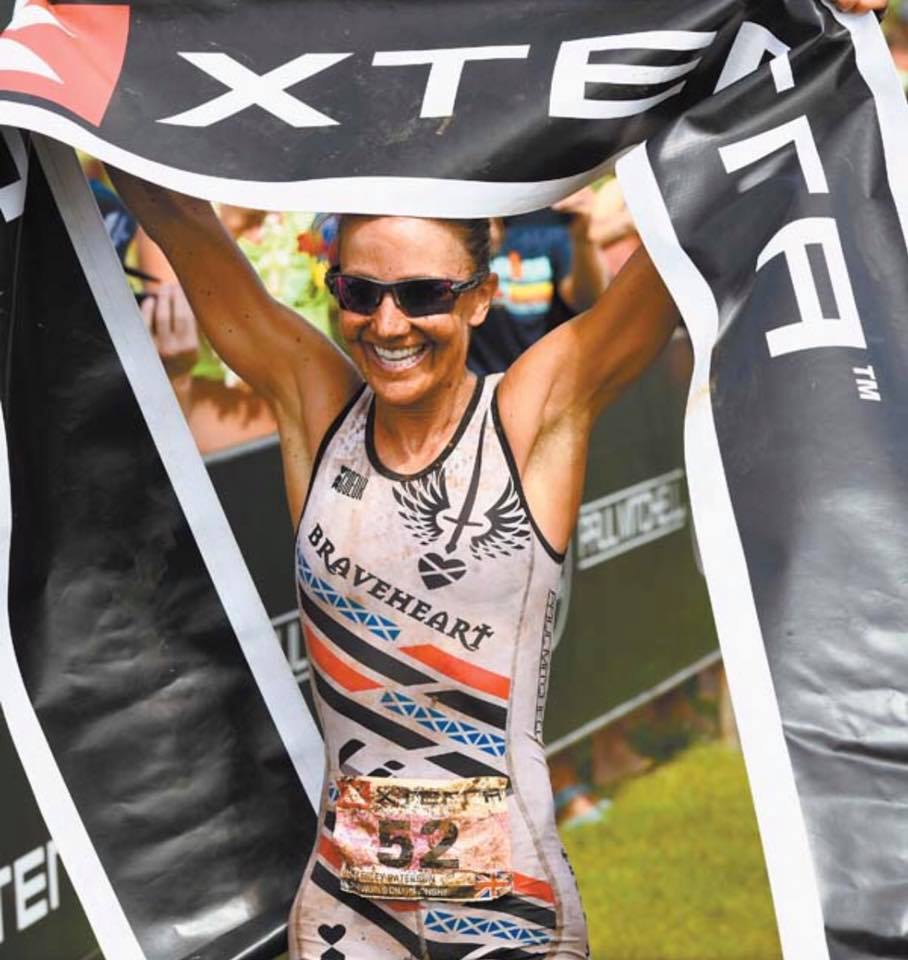
In terms of equipment, Patterson uses various tools to help her form and endurance.
1) The VASA ergometer: “I simply cannot say enough good things about it. It’s strength oriented, you can put mirrors all around you so you can address issues of stroke technique. You can do full-on swim sets at different resistances.” It is an expensive piece of equipment, however. Some clubs have invested in them. If not, suggests Patterson, “Try getting three or four of your friends to all chip in a few hundred bucks and just share it around.”
2) Indoor rowing machine: “You can focus on major strength and aerobic training here that actually transfers quite well to swimming. Although its slightly different muscle groups, there is a lot of crossover. You can set sessions and have competitions with friends.”
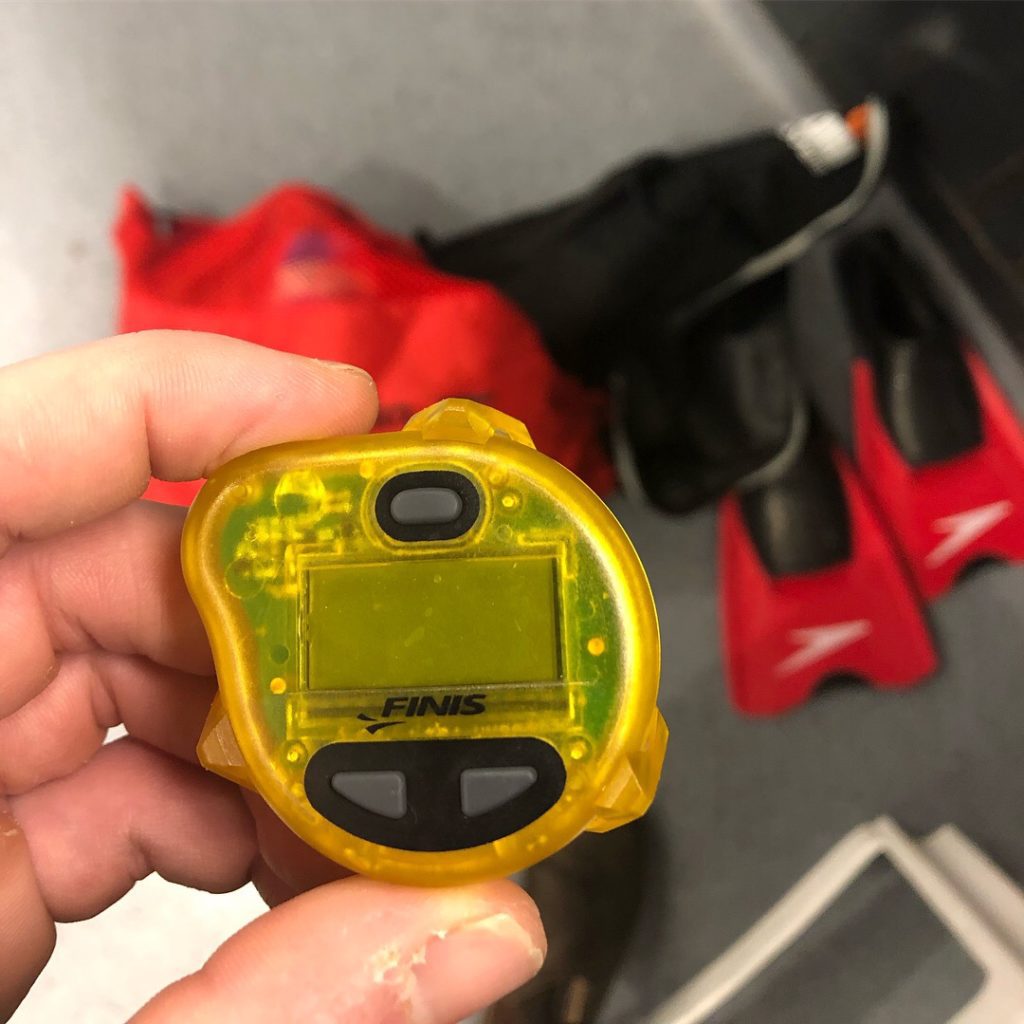
3) Tempo swimming: By wearing a device placed inside your cap, you set it to beep and set a stroke tempo specifically for you. “This way you can focus on stroked count and pacing. Add in the snorkel, too, and you can really focus on front end mechanics.”
Related: The tempo trainer 101
Patterson also recommends incorporating swim chords and getting a video analysis of your swim stroke.
THE BIKE: Off the back of a stellar 2018 season, Karsten Madsen improved his biking substantially, culminating in a seventh-place finish in Maui at the Xterra World Championships. Here’s his biking advice:
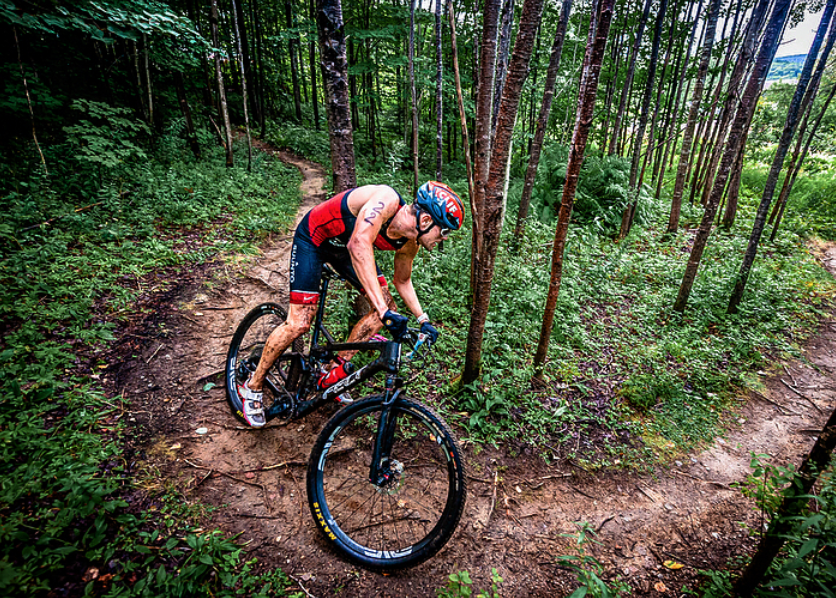
1) Get a bike Fit: “Getting a good fit is a must. It can add power to your set up and save power thanks to better aerodynamics. This is a great place to start, but this should also be done from time to time as we age due to the fact that our bodies change and our most efficient bike position may need to be reassessed and altered accordingly.”
Related: Making small adjustments are part of the bike fit process
2) Power meter: “This is a great tool to track and quantify what you have done or are doing. The prices keep dropping, too, with many good options for hub, crank, crank arm and pedals. It really is a no brainer to invest in one. I have a power meter on every bike I ride.”
Related: Review: Garmin Vector 3 pedals
3) Hill repeats: Climbing used to be a weakness for Madsen. “As courses got really steep and my RPMs dropped, my power would drop off so I wanted to become better at delivering functional power.” Enter hill repeats. Choose a short and relatively steep section of road. “It can get tedious spending 45 to 90 mins going up and down the same section of road, but you can use markers to gauge every rep in every session. It will greatly improve your functional power and make you enjoy the days you can just explore more scenic routes on your bike.”
THE RUN: Jasper Blake is a former Ironman Canada Champion and recognized as a superb runner. Here are his run tips:
1) Cross train: Says Blake, “Cross-country skiing is great cross-training for triathletes. It is also a low to no impact sport and therefore can be performed for several hours without much risk helping add valuable endurance mileage. Classic skiing is a great substitute for running, too, because it uses similar muscle groups.”
Related: Mix it up with cross-country skiing
2) Plyometrics: Plyometrics are exercises that involve repeated rapid stretching and contracting of the muscles (jumping/explosive movements). “Plyometrics can be included in gym/weight room sessions that you might already include in your program as well as during your regular running sessions after a suitable warm-up,” says Blake. “It’s important to exercise caution when performing explosive movements though. Your warm-up needs to be robust and you need to be technically proficient.”
3) Manage peripheral fatigue: Peripheral fatigue is the inability to maintain a desired pace over long distances. “Long distance running, especially during a triathlon, is less about speed and more about your ability to maintain form and rhythm under increasing peripheral fatigue. It’s not uncommon to see pace times drop dramatically in the latter stages of the marathon in an Ironman. Your heart and lungs are usually fine; it’s your ability to handle the ongoing impact load on increasingly tired muscles that will hold you back.” The answer? “Hills are a great way to work on your peripheral fitness. And that includes the downhill portion of the hill.”
